
Swiss organ echoes in Sistine Chapel

A new Swiss-made organ has been installed under the Michelangelo frescos in the Vatican's Sistine Chapel.
A senior Vatican official, Monsignor Piero Marini, described the instrument as a “musical counterpoint” to the “beauty of the frescos”.
Built by the Mathis organ-building company at Näfels in canton Glarus, the organ presented numerous challenges to its designers – not least because a way had to be found to move it between “performances”.
Hermann Mathis and his workforce of 20 solved the mobility problem by having it mounted on an electric-hydraulic “moving platform” similar to the much larger one used to transport rockets at Cape Canaveral.
When not in use the instrument can by moved to a nearby upstairs room.
The company has built some 325 individually designed organs, mostly for churches in Switzerland and abroad, since it was founded by Manfred Mathis in 1960.
But for Manfred’s successor, his son, Hermann, the Sistine Chapel organ is special, even though it is not particularly large – just under four metres high. It had to be compact in order to be mobile.
Unique
“Every organ we construct is unique,” Mathis told swissinfo.
Interviewed in his factory overlooked by the Glarus Alps, he added: “An organ should always blend harmonically with the architecture of its surroundings. It should complement but never overwhelm them.”
This presented an extra and seemingly impossible challenge to the organ-makers. How can you design an instrument to blend with the surroundings of such magnificent works of art, including the frescos completed by Michelangelo between 1508 and 1512?
To help him with this awesome task, Mathis commissioned Josef Schibig, a wood sculptor for over 50 years, whose workshop is in the village of Steinen in canton Schwyz. “When he called, at first I thought it was a joke,” said Schibig.
But almost immediately, the sculptor set about making sketches which he said had to be modified many times, for the angels, papal crests and other ornamental features to be carved in the finest walnut.
Awesome task
“It was indeed an awesome task,” he told swissinfo. “But I said to myself that if God have given me such a task, he would also give me the strength to accomplish it, and in the end it has turned out very well.”
Schibig added that the end result was the proudest achievement of his career.
As for being commissioned to produce ornamental work destined to be in close proximity to the works of Michelangelo, he said: “That could make you afraid. However I was consoled by the great artist’s humility, and when he looks down from Heaven I don’t think he will be disappointed by what we have done.”
Despite all evidence to the contrary, Schibig – a modest man – does not regard himself as an artist. “I’m just a man who every day tries to do his best. I’m a craftsman.”
The carvings clearly match the sound of the organ built by Hermann Mathis and his team of pipe makers, mechanics, electricians and other craftsmen.
During the inauguration ceremony in the Sistine Chapel in mid-December, a senior Vatican official, Monsignor Piero Marini, told the invited guests: “The beauty of the frescos has now been given a musical counterpoint.”
A gift from Liechtenstein to the Vatican, the SFr640,000 ($450,000) organ will makes its debut before Pope John Paul II during a celebration on January 12.
swissinfo, Richard Dawson
The Sistine Chapel is now home to a new Swiss-made organ.
The organ had to be mobile so it could be moved between “performances”.
To achieve this, designers mounted it on an electric-hydraulic “moving platform”, a scaled down version of the one used to transport rockets in the US.
At the same time, the organ had to fit in with Michelangelo’s frescos – a seasoned sculptor was brought in to create angels, papal crests and other features.
The organ – a gift from Liechtenstein to the Vatican – is valued at SFr640,000 ($450,000).

In compliance with the JTI standards
More: SWI swissinfo.ch certified by the Journalism Trust Initiative


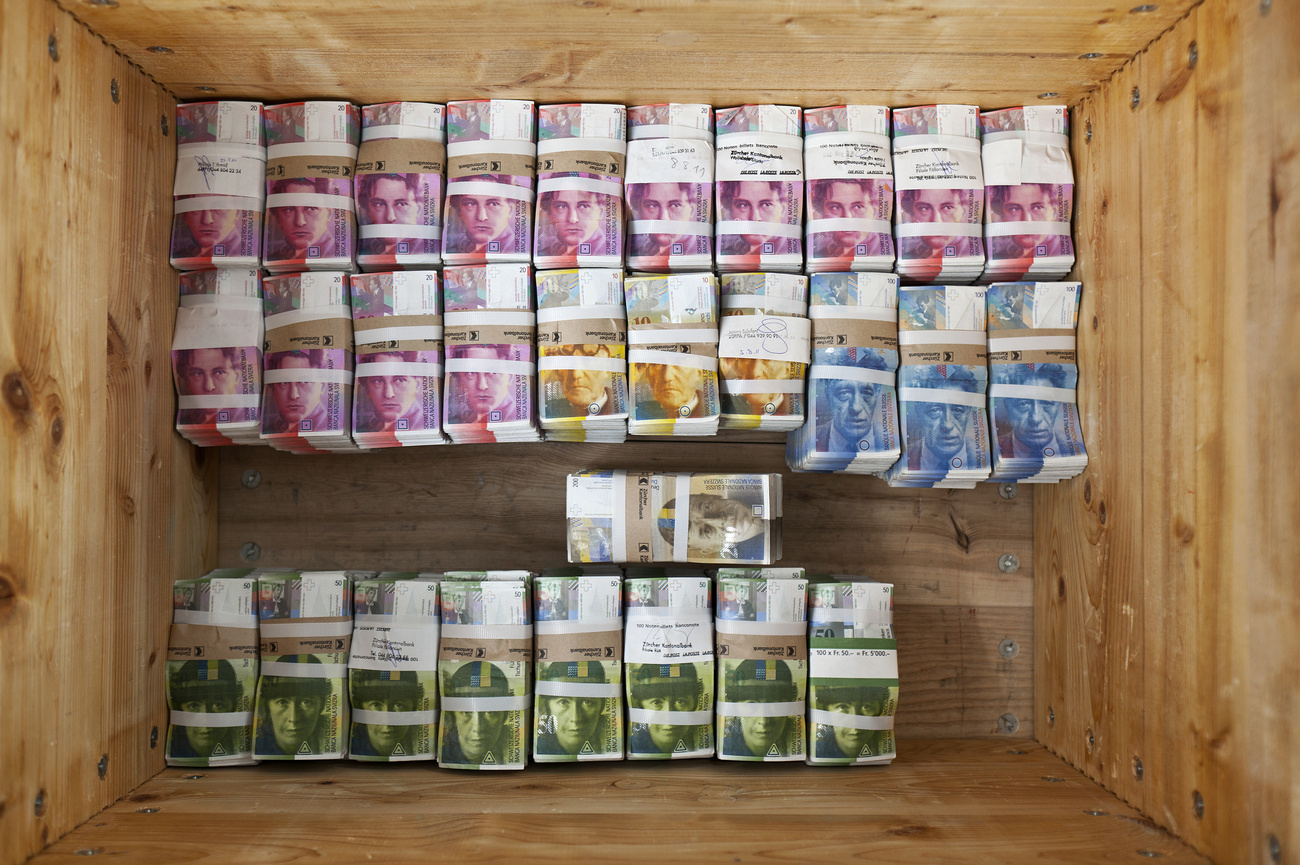




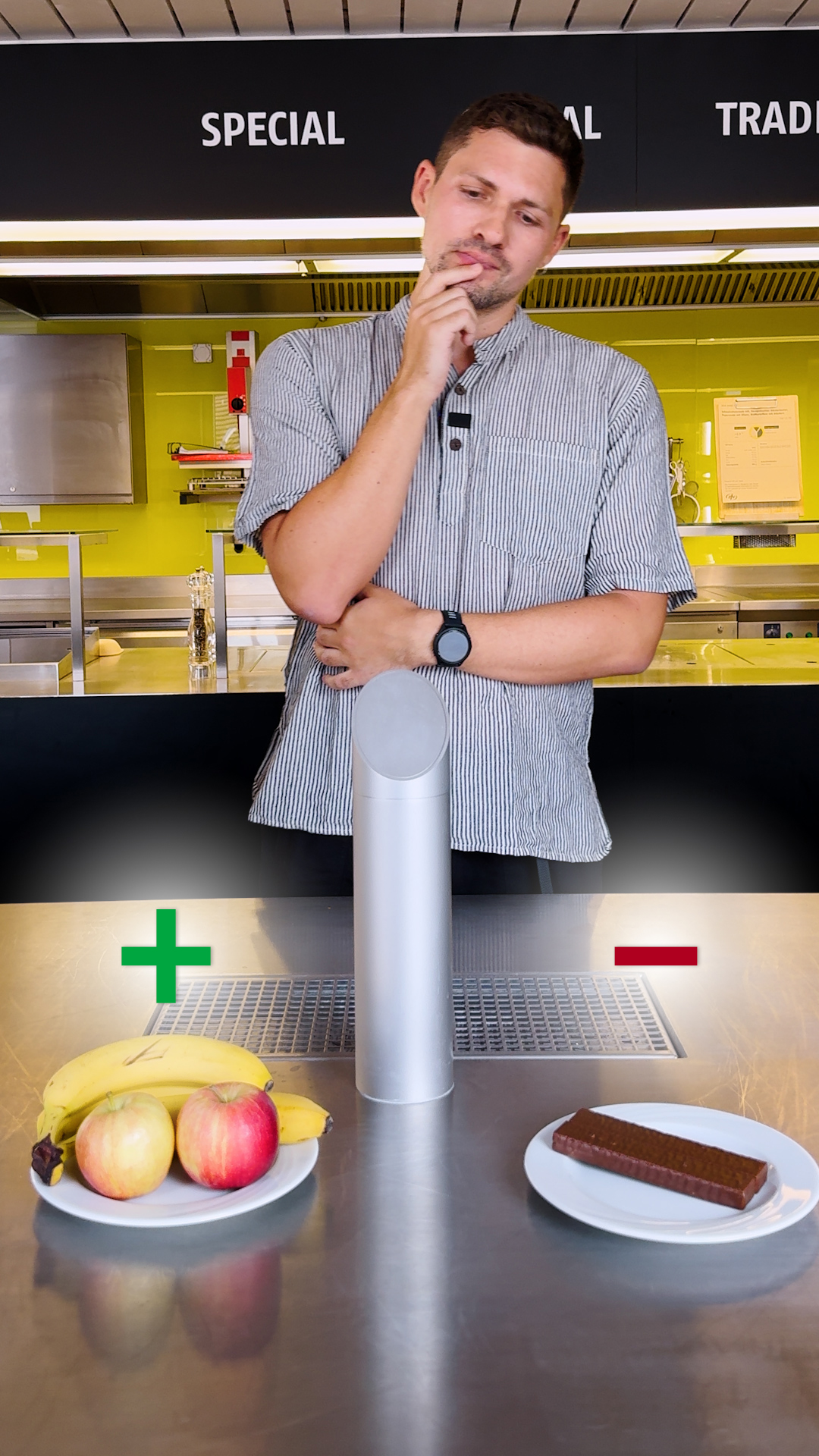



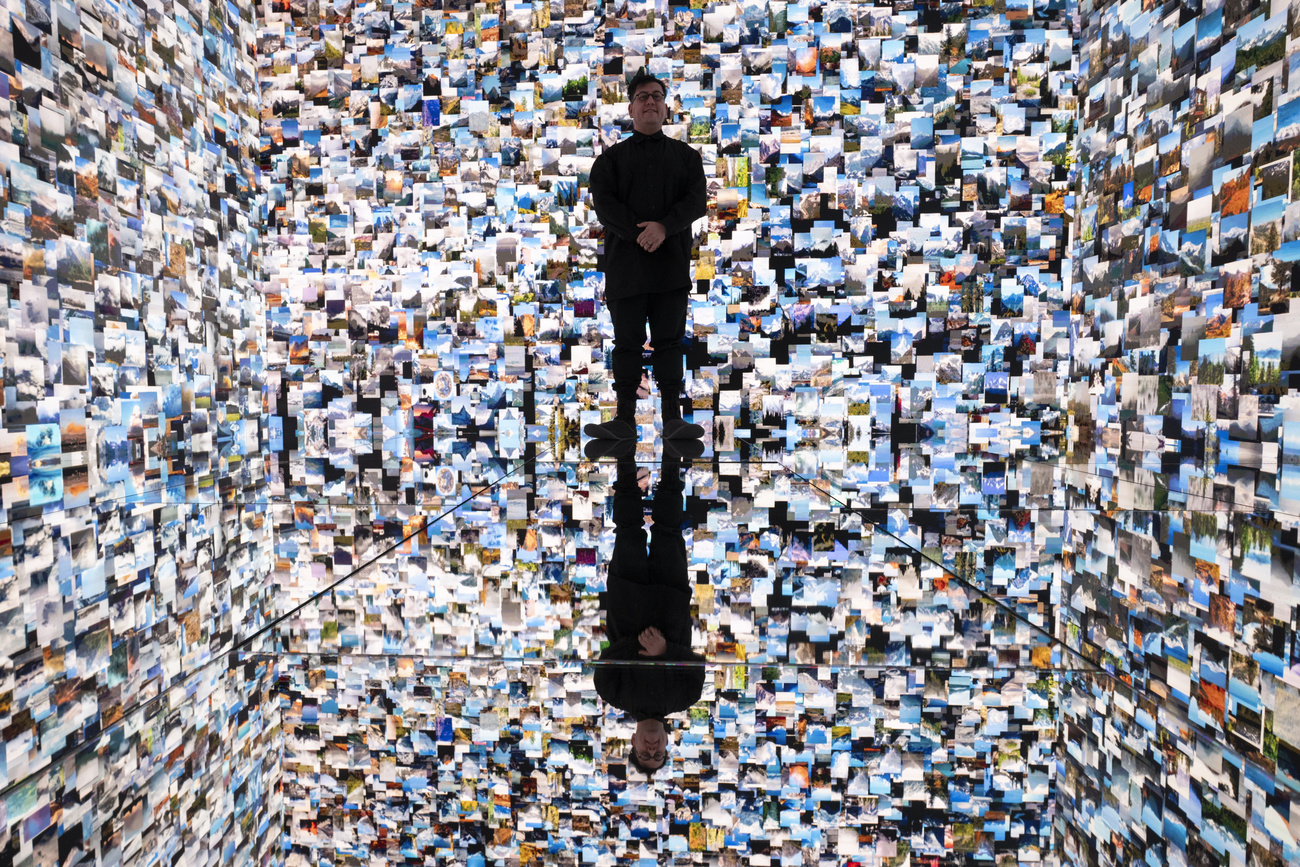




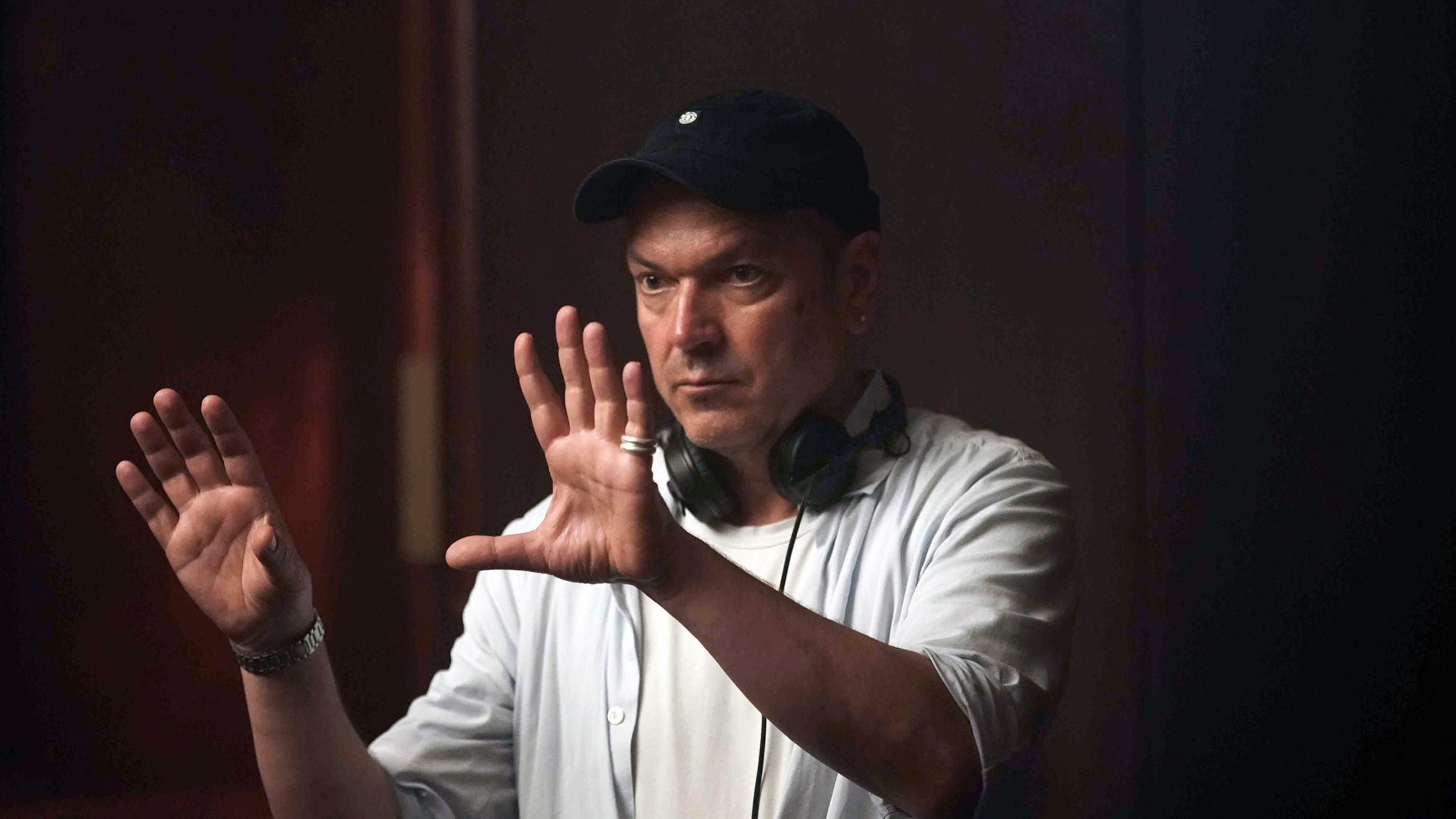





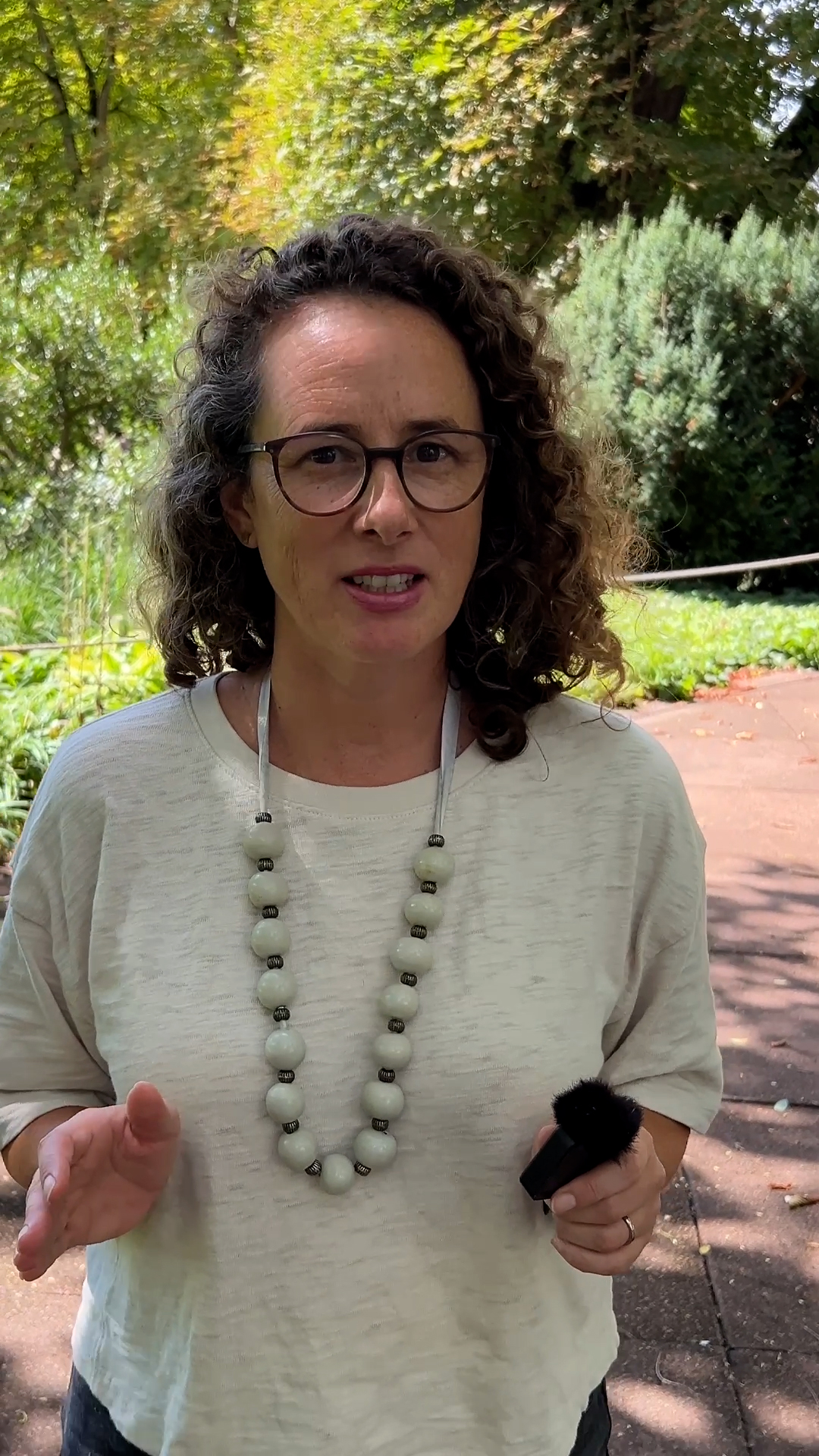






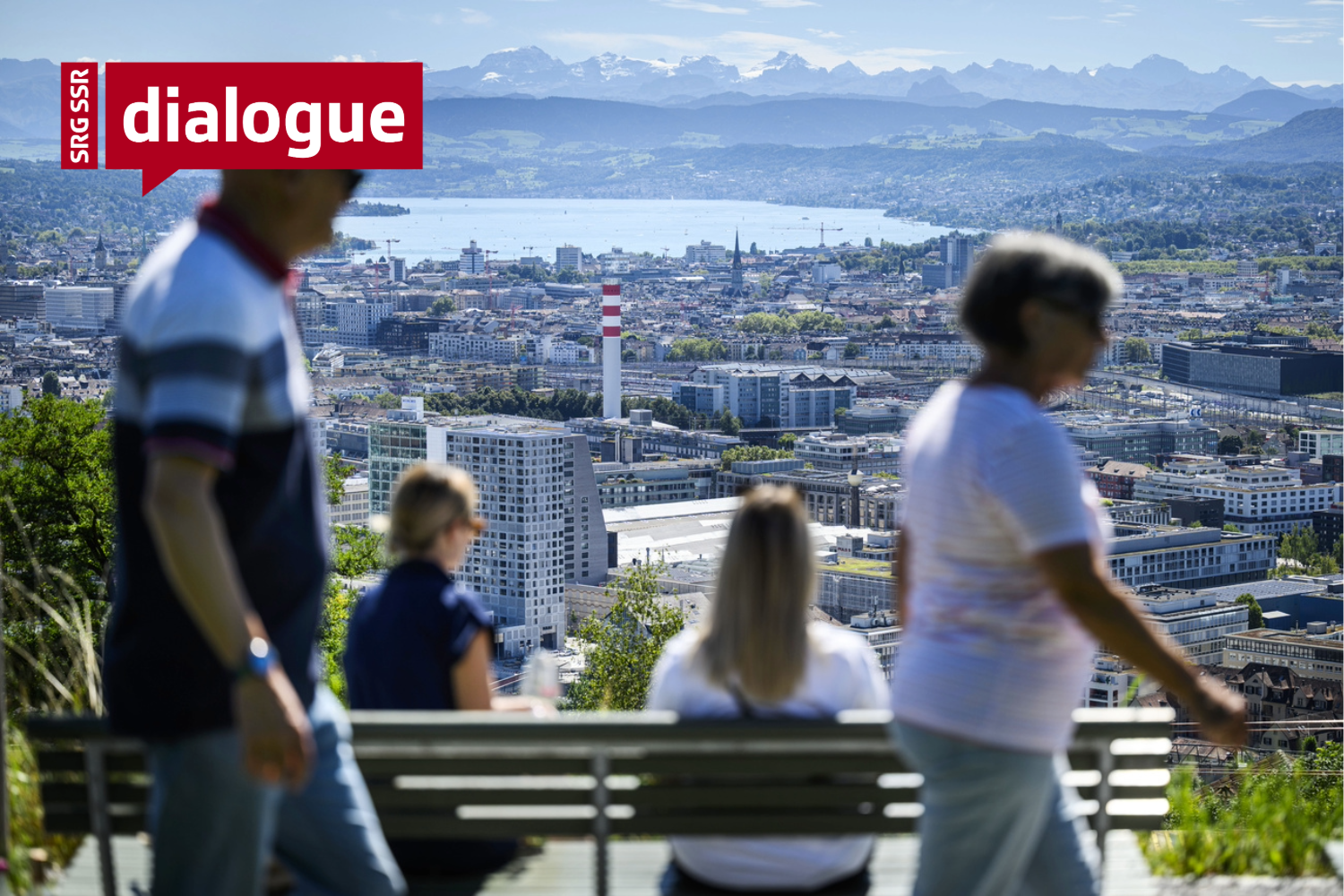

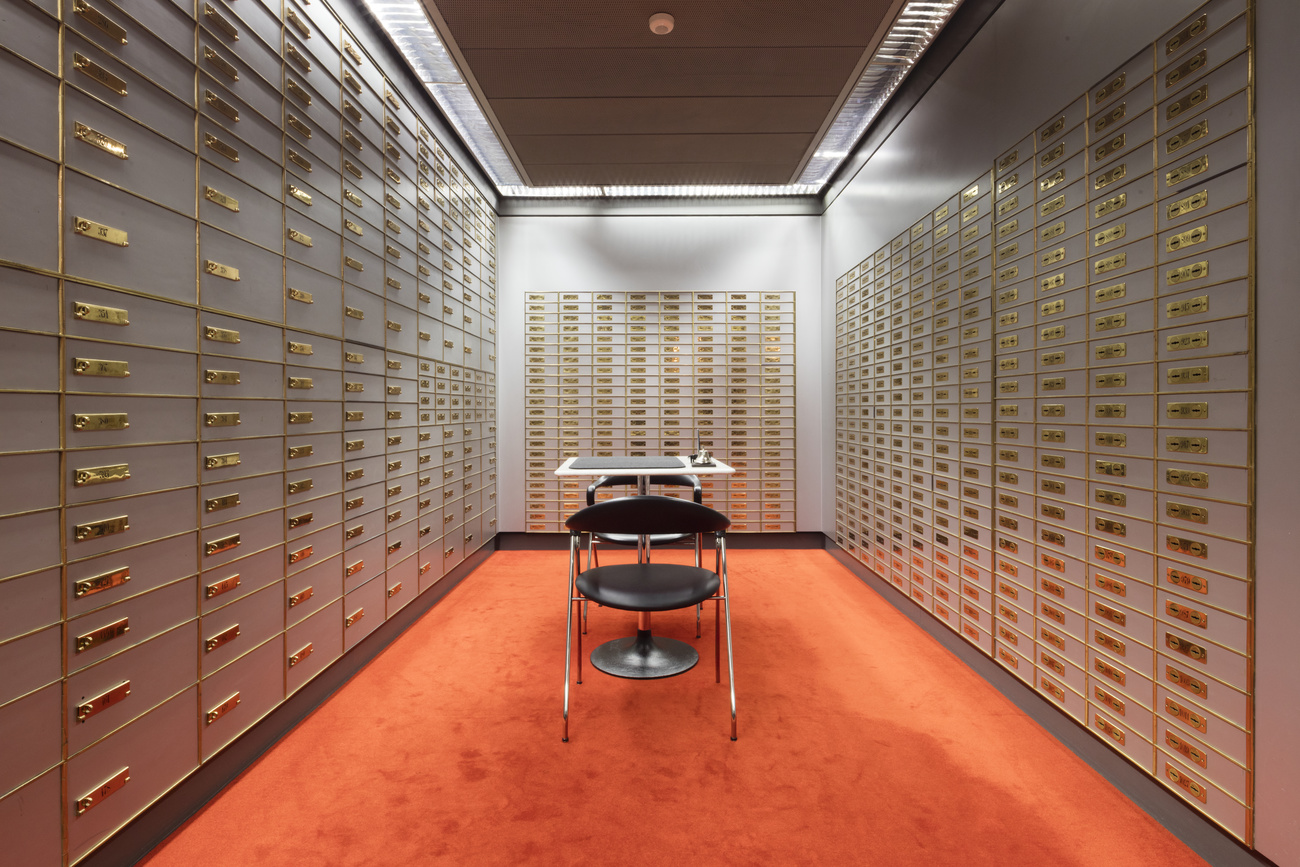


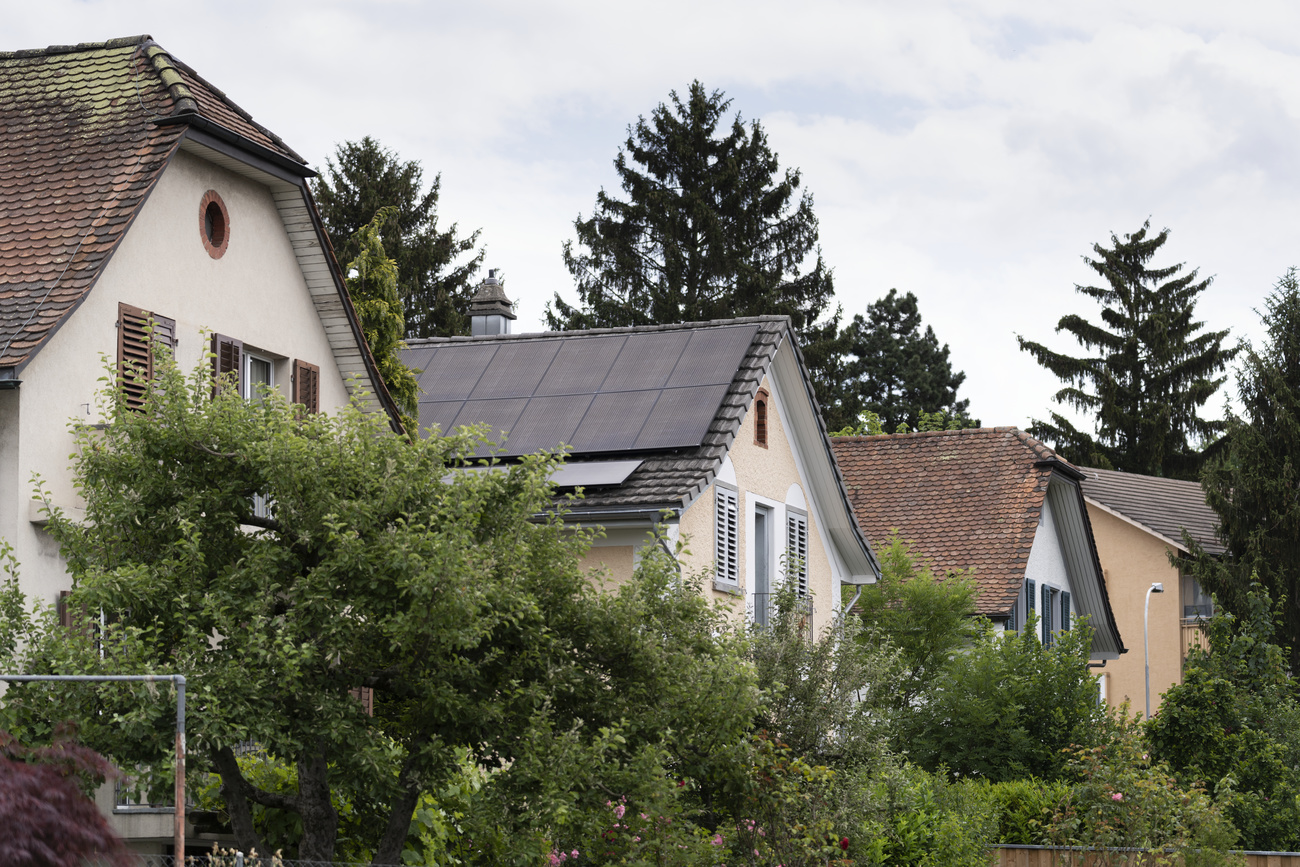

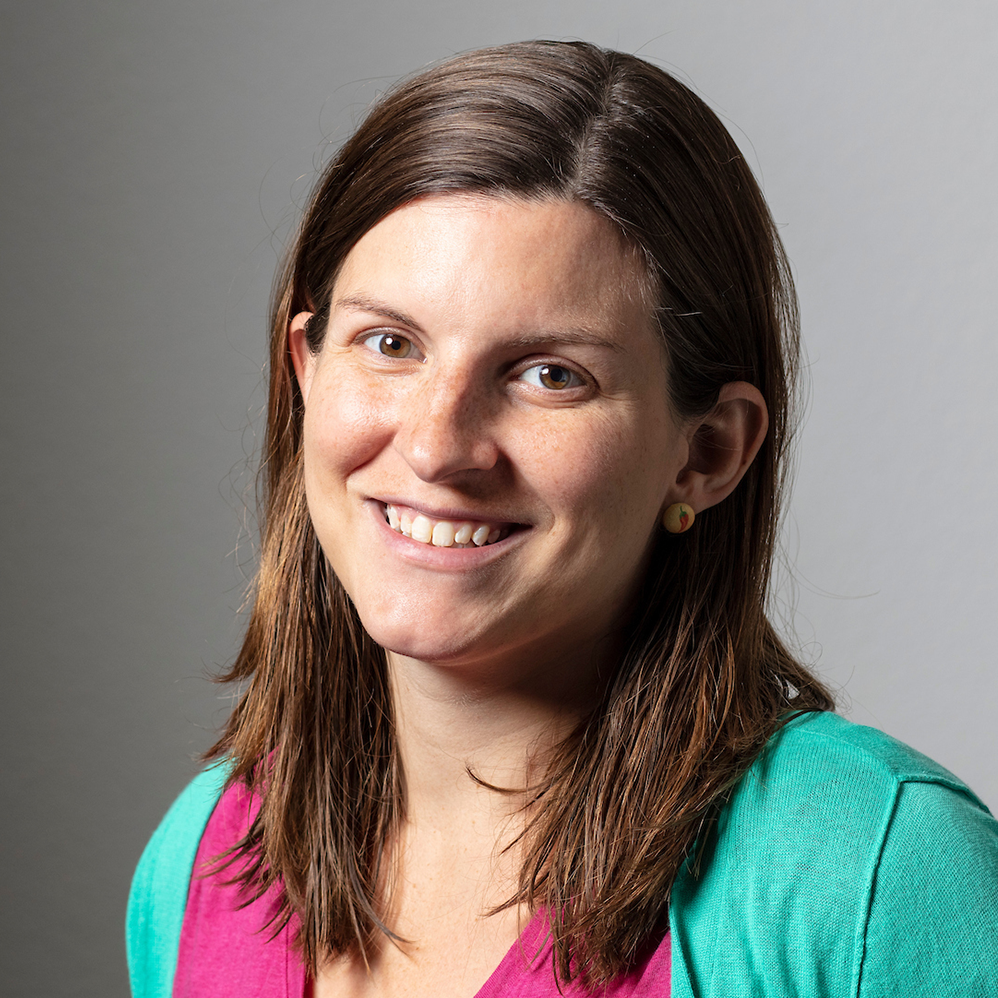


You can find an overview of ongoing debates with our journalists here . Please join us!
If you want to start a conversation about a topic raised in this article or want to report factual errors, email us at english@swissinfo.ch.